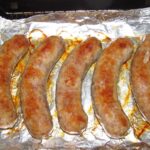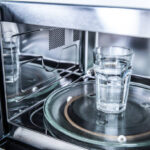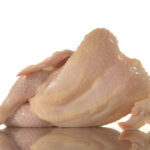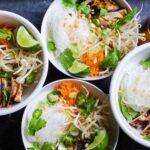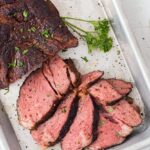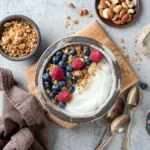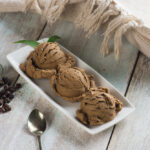If you’re a coffee lover, the perfect espresso can be one of life’s great pleasures. But creating that ideal cup requires high-quality ingredients, starting with selecting the right beans. Whether you prefer a light blend or bolder dark roast, there are many different types and brands of coffee to choose from when it comes to making espresso. To help narrow down your choices, we’ve put together this comprehensive guide on the best coffee beans for espresso to give you an in-depth look at what makes each type unique and flavorful. Read on to find out how various roasts, origins and blends affect your finished product so that you can make an informed decision on which bean is best for your next espresso concoction.
Contents
What Is Espresso?
Espresso is a strong, concentrated coffee that is created by forcing hot water through finely-ground coffee beans at high pressure. The result is an intense and full-bodied flavor that can be used as the base of other popular drinks like cappuccinos, macchiatos and lattes.
The quality of espresso depends largely on the specific coffee beans and blend used, as well as how the espresso was brewed. A good espresso will have a thick consistency with a creamy layer of foam on top, referred to as “crema”. This crema is evidence of a high-quality shot that has been properly extracted from freshly ground beans.
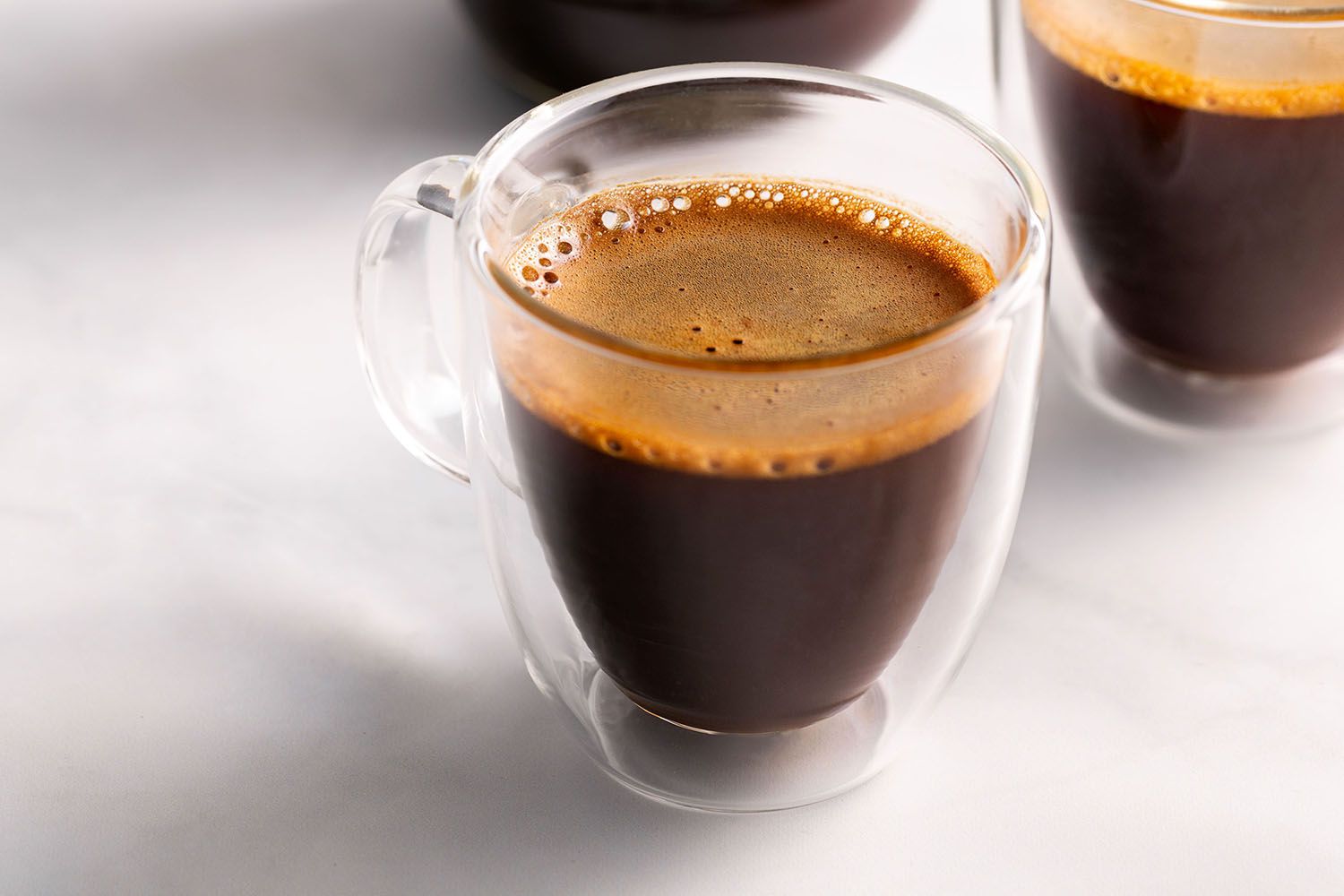
Introduction To Coffee Beans
Coffee beans are the foundation of any good espresso, and they come in many different varieties. The three main classifications of coffee beans to consider when making espresso include Arabica, Robusta and a blend of both. Each type has its own distinct flavor profile based on its origin, roast and processing methods used.
- Arabica beans are widely considered to be the best for producing a quality espresso shot, as they have a sweeter and more delicate flavor. Due to their lower caffeine content and complexity of flavors, Arabica is generally more expensive than Robusta beans.
- Robusta beans are less flavorful but tend to be stronger in body with more bitterness present. This type of bean has a much higher caffeine content than Arabica, making it the go-to choice for those seeking a stronger espresso.
- Finally, there are blends which combine both Robusta and Arabica beans in varying ratios to create unique flavors and body profiles. Blends can often be used to bring out certain nuances of each type of bean that wouldn’t be as noticeable on their own.
A Brief History Of Coffee Beans For Espresso
The history of coffee beans for espresso dates back to the late 19th century in Italy, when a man named Luigi Bezzera invented the first commercial espresso machine. He used dark roasted coffee beans and water that was delivered through a pressure valve, resulting in an intense cup of espresso that has since become synonymous with Italian culture.
Since then, the popularity of espresso has spread around the globe and new technologies have been developed to better extract the flavors from coffee beans. This has resulted in many specialty coffee roasters experimenting with blends that are specifically designed for brewing espresso, offering a wide range of flavors and profiles for coffee drinkers everywhere.
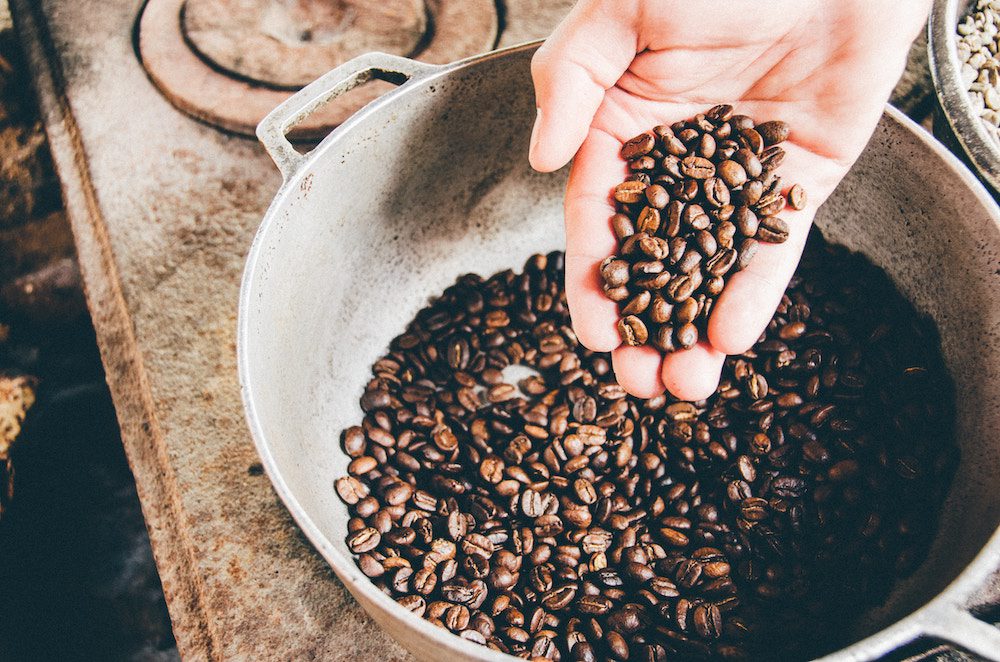
Some Of The Best Coffee Beans For Espresso
When it comes to finding the best coffee beans for espresso, there is no one-size-fits-all answer. Different blends and roasts will work better for some people than others. Here are a few of our top picks that we think you’ll love:
Death Wish Coffee
If you’re looking for a strong, bold espresso with intense flavors and a bit of kick, Death Wish Coffee is the way to go. This blend combines Robusta and Arabica beans to create an exceptionally full-bodied shot that’s sure to keep you energized throughout the day.
Lavazza Super Crema
This Italian-born espresso blend is known for its light and creamy finish with honey-like aromas. The combination of Arabica beans from Brazil, Colombia, India and Indonesia creates a balanced flavor that’s not too bitter or acidic.
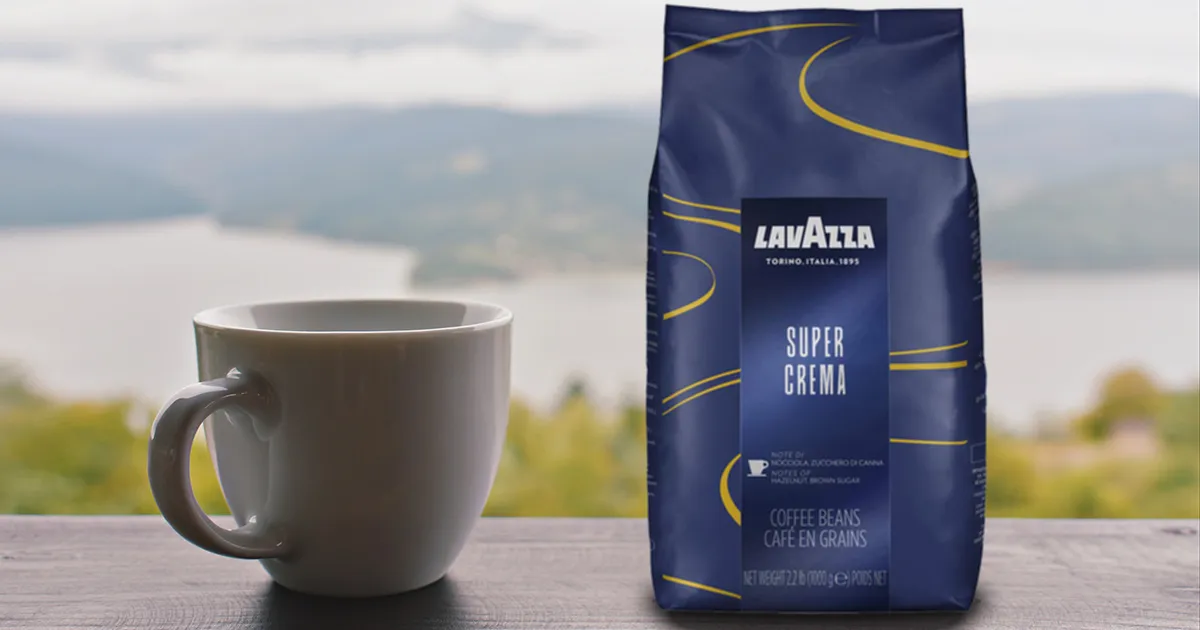
Kicking Horse Coffee Kick Ass
This Canadian roast offers a unique blend of Central American and East African beans that have been roasted to perfection, resulting in an espresso with dark chocolate and caramel undertones that work great for cappuccinos and lattes.
Omogeneizzati Organic Espresso
This organic espresso blend is made up of select Arabica beans from the Italian Alps, creating a light flavor profile with notes of walnut and citrus. It’s perfect for those looking for an espresso with a smooth finish.
Airship Black Apple Espresso
This unique blend from Airship Coffee Roasters combines light and dark roasted beans to create a smooth and flavorful espresso with rich notes of apple, caramel and chocolate. It’s an excellent choice for those who want to try something new and exciting.
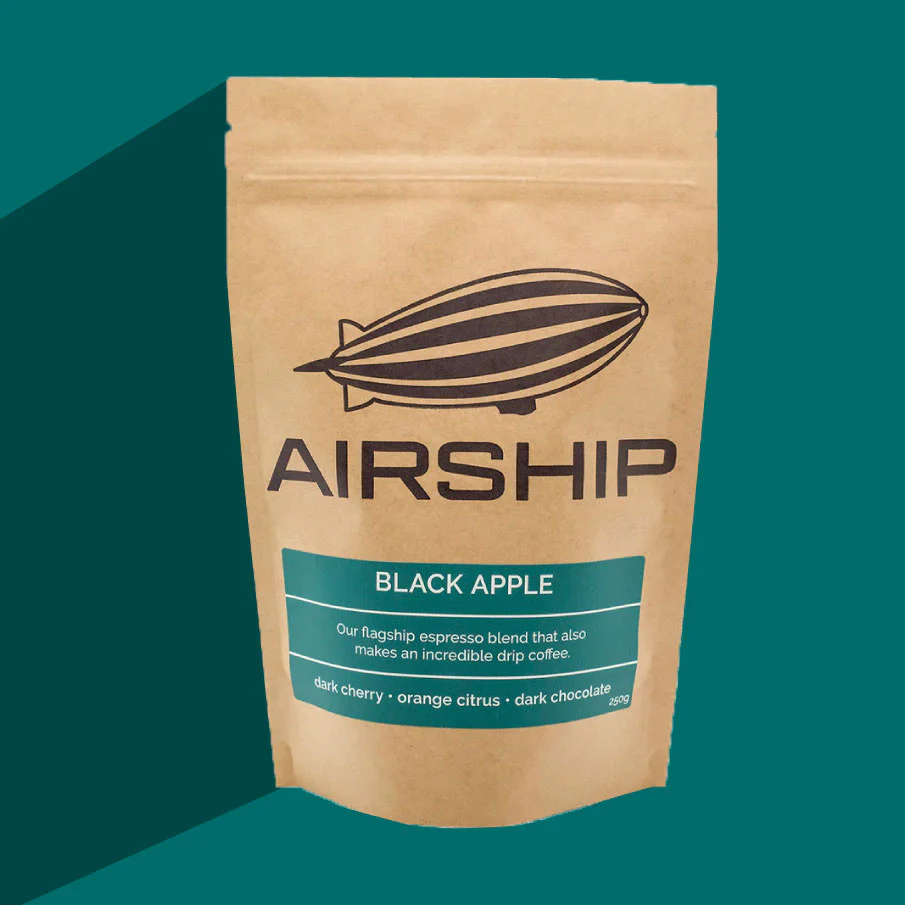
Atomic Coffee Cosmo Espresso
The Cosmo blend from Atomic Coffee Roasters is a mix of Central and South American Arabica beans that have been roasted to perfection. This espresso has a bold flavor with notes of hazelnut, almond and citrus that will leave you wanting more.
Blue Bottle 17ft Ceiling Espresso
This blend from Blue Bottle Coffee is a combination of various Latin American and East African beans that create a bright, sweet espresso with notes of citrus and chocolate. It’s an excellent choice for those who want to experiment with different flavor profiles.
Illy Espresso Classico Medium Roast
Illy’s Classico espresso is a blend of nine different Arabica beans from around the world that have been blended together to create a smooth and balanced flavor. This medium roast has notes of chocolate, caramel and almond, making it an all-around crowd pleaser.
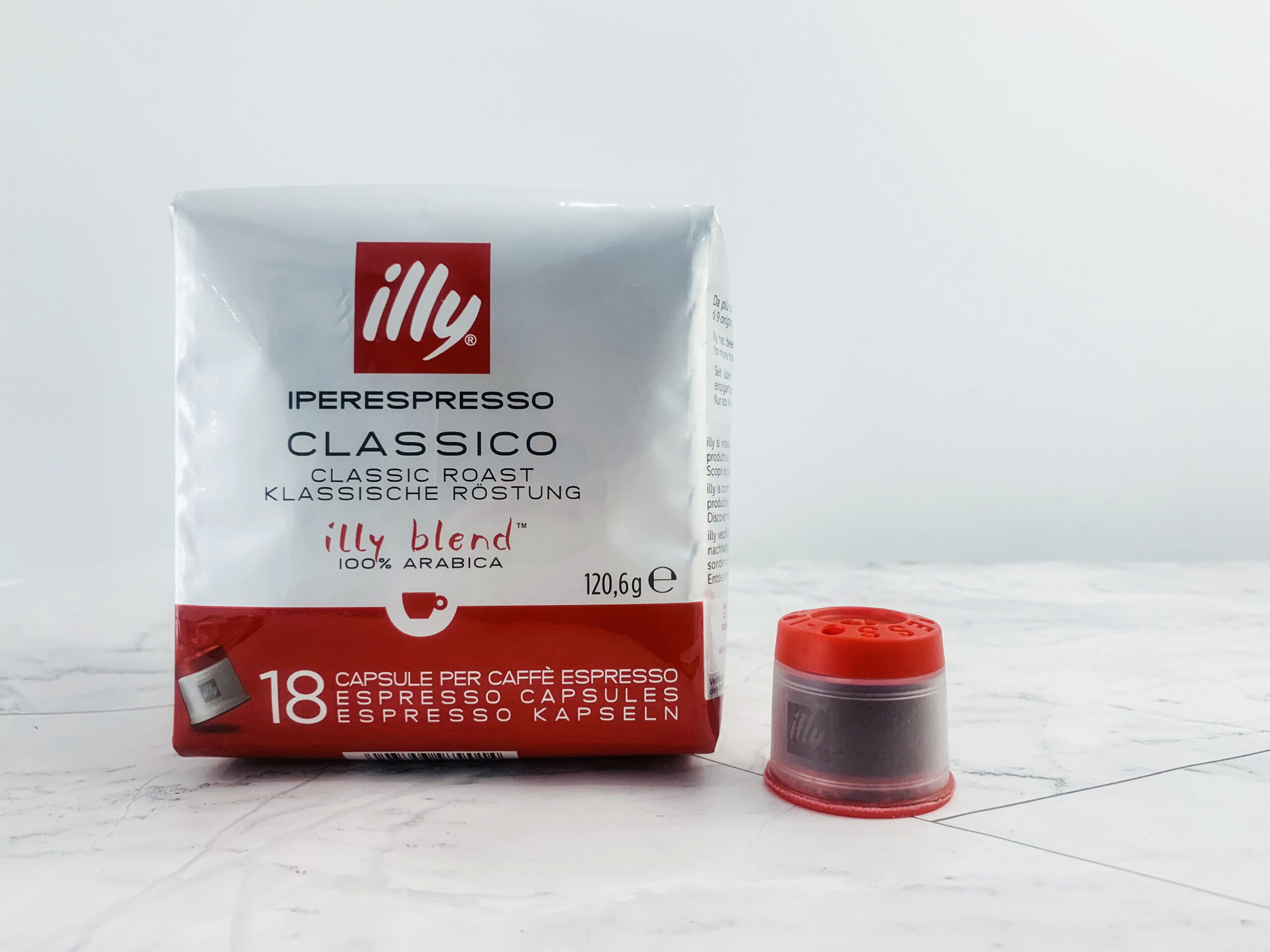
Cuvee Coffee Karmadillo Dark Blend
Karmadillo Dark Blend from Cuvee Coffee is a full-bodied espresso that has been carefully crafted to bring out the flavor of its rich South American beans. It’s perfect for those who prefer their espresso on the darker side with notes of tobacco, dark chocolate and dried fruits.
Volcanica Espresso Dark Roast Coffee
This bold espresso blend from Volcanica Coffee has a complex flavor profile with notes of dark chocolate, toasted nuts and caramel. Its strong body makes it perfect for those looking for an intense pick-me-up in the morning.
No matter what type of espresso beans you choose, make sure to buy from a reputable roaster or specialty store that sources its beans responsibly. This will help ensure that you get the highest-quality product with the best flavor profile possible for your next cup of espresso.
So, if you still looking for best coffee beans for espresso, let’s watch this video to learn more.
Benefits Of Using Best Coffee Beans For Espresso
There are many advantages to using the best coffee beans for espresso. For one, the flavor and body of your espresso will be incredibly smooth and balanced due to the quality of the beans used. Additionally, freshly ground high-quality coffee beans produce an espresso with a thick crema layer on top which is indicative of a good extraction.
Finally, using specialty coffee beans can help you to experience the unique flavor profiles of various roasts, origins and blends. By experimenting with different types of beans, you’ll be able to find the one that best suits your taste preferences.
Tips For Selecting The Best Coffee Beans For Espresso
When selecting the best coffee beans for espresso, it’s important to consider a few factors such as roast level, origin and blend. Darker roasts have a more intense flavor profile while lighter roasts tend to be sweeter and fruity. Different origins will also bring out different nuances in your espresso. And mixing both Robusta and Arabica beans can give you a fuller body and more intense flavors.
It’s also important to buy freshly roasted beans that are stored and packaged properly. This will help to ensure that your espresso tastes as fresh and flavorful as possible. Additionally, make sure to grind your coffee beans just before brewing for the best flavor extraction.
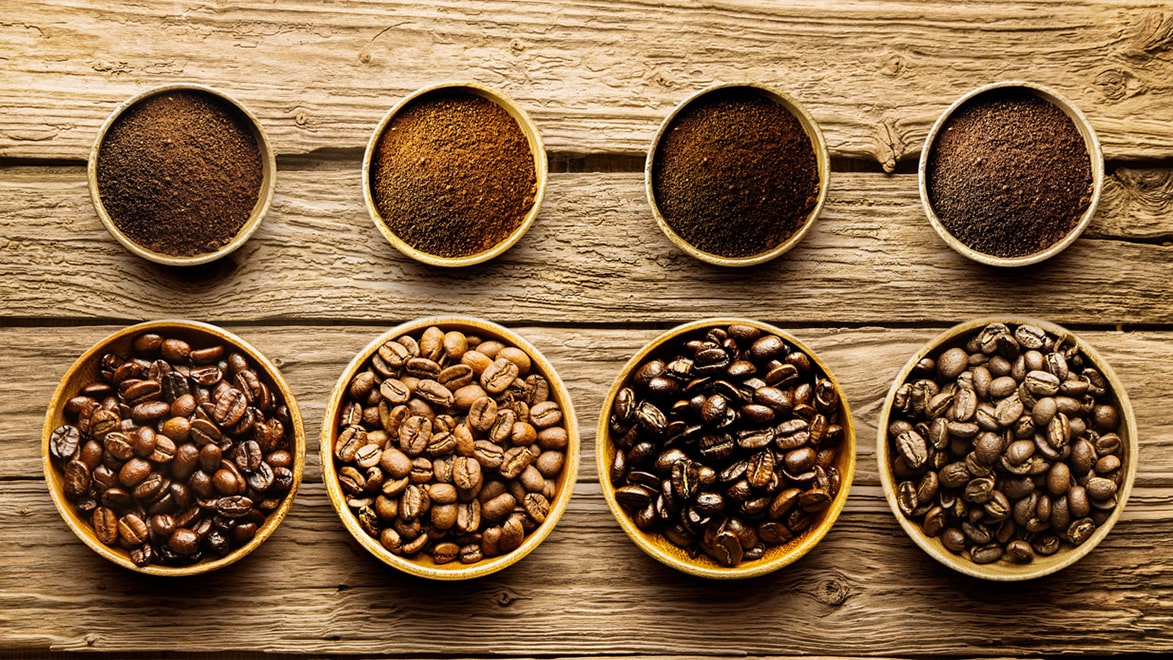
How To Make The Best Coffee Beans For Espresso?
Making the best coffee beans for espresso is a fairly simple process. Begin by weighing out and grinding your beans to a medium-fine consistency. Next, place your portafilter into the machine and tamp the ground espresso evenly with about thirty pounds of pressure.
Once tamped, fit the portafilter onto the grouphead of the espresso machine and extract your espresso shot. Depending on the type of machine you have, this should take between twenty to thirty seconds. Once extracted, you’ll be left with a delicious cup of espresso that’s smooth, balanced and full-bodied.
The Best Way To Store Coffee Beans For Espresso
When it comes to storing coffee beans for espresso, it’s important to keep them in an airtight container at room temperature. This will help preserve the freshness and flavor of your coffee beans for longer. Additionally, you should only grind the amount of beans you need just before brewing to ensure that they stay as fresh as possible.
Finally, make sure to use your espresso within a few weeks of purchasing it to ensure that you get the best flavor and body out of your coffee. With these tips in mind, you’ll be sure to have the freshest cup of espresso each time.
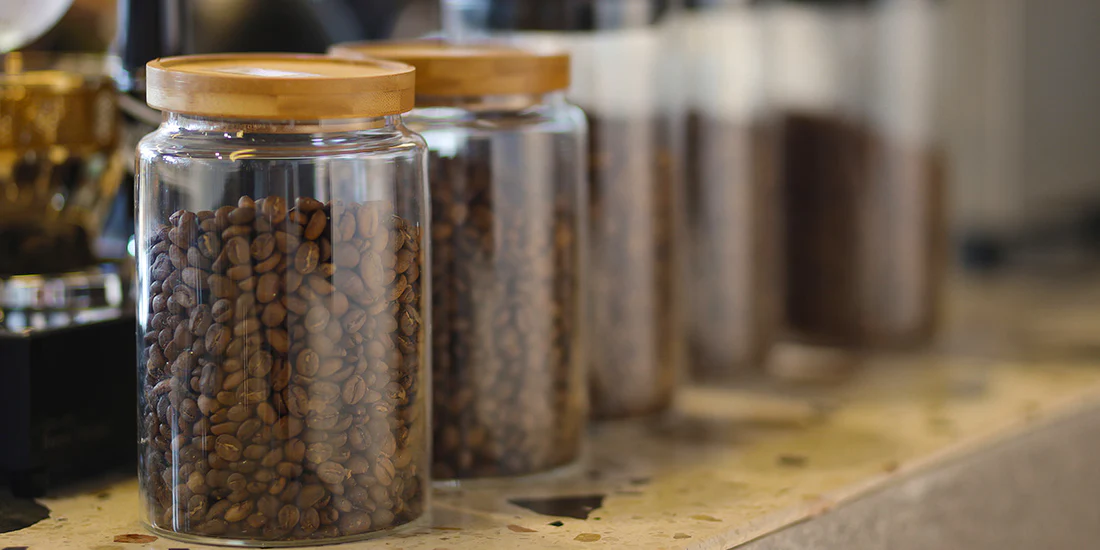
Conclusion: Best Coffee Beans For Espresso
At the end of the day, choosing the best coffee beans for espresso comes down to personal preference. Whether you prefer the delicate flavor of Arabica beans, the strength of Robusta or a blended mix of both, there are countless combinations that can be used to create an outstanding espresso. Be sure to experiment with different roasts and origins in order to find the one that brings out your favorite notes and flavors for a truly unique cup every time.
FAQs: Coffee Beans For Espresso
What coffee beans do Italians use for espresso?
Discover the ideal coffee beans preferred by Italians for their beloved espresso. In the northern regions of Italy, a delightful blend is crafted using primarily aromatic Arabica coffee, complemented by a touch of robust Robusta for enhanced depth. In the southern parts of the country, a bolder taste is sought after, achieved through a higher proportion of deeply-roasted Robusta for an unforgettable and intense flavor journey.
Are there coffee beans specifically for espresso?
Contrary to popular belief, espresso beans are not inherently different from drip beans. All coffee beans can be used with any type of brewing device. The only defining characteristic of an espresso is the brewing process using an espresso machine.
Can you use Arabica beans for espresso?
Discover the perfect espresso experience with our exclusive 100% Arabica roast. Crafted specially for brewing espresso, this medium/dark roast offers a delightful and smooth flavor that will satisfy your taste buds. Begin your espresso journey with this exquisite blend, and uncover a world of diverse flavors and blends that espresso has to offer.
Why is Arabica better than Robusta for espresso?
Discover why Arabica coffee takes the lead over Robusta in the world of espresso. Explore the smoothness and sweetness of Arabica, contrasting with the bitter and traditional flavor of Robusta. Uncover the secrets of preference and dive into the realm of personal taste.
Should I use Robusta or Arabica for espresso?
Although Robusta is often regarded as having a less sophisticated flavor, it is commonly used in espresso blends for its ability to create a rich crema on top of the espresso shot. Additionally, Robusta is known for being more resilient against diseases, yielding higher quantities, and containing a higher caffeine content.
What age of coffee beans are best for espresso?
Determining the ideal age of coffee beans for making espresso requires careful consideration of multiple factors. Based on our internal standards, it is recommended to wait between 7-11 days before using coffee beans for espresso. For drip/pour-over coffee, the optimal timing is 4-7 days, while for cold brew, it is advised to wait 10-14 days. Achieving the perfect balance in flavor and quality relies on variables such as the roast degree, bean density, physical size, processing method, and varietal(s) used.
How long do coffee beans stay fresh for espresso?
Discover the key to maximizing the freshness of your coffee beans for the perfect espresso experience. Renowned expert, Edwards, suggests that for optimum flavor, filter-brewing and French press methods are optimal within a three to 10 day window after roasting. If you’re a connoisseur of espresso, aim for the five to 12 day range. The secret to preserving this freshness lies in smart packaging choices. Selecting the right bag ensures that you savor the rich flavors of your coffee for an extended period. Don’t settle for stale coffee – keep it fresh and vibrant.
Can you reuse coffee beans in espresso?
While there are many uses for the coffee after an espresso shot, it is important to note that the beans cannot be reused for another shot of espresso. Unlike tea, which can be brewed again for a milder taste, coffee powder can only be enjoyed during the initial extraction.
Are dark or light beans better for espresso?
To achieve the most flavorful experience, it is often suggested to use light roasts for pour-over and drip coffee. On the other hand, dark roasts are ideal for espresso and drinks that contain milk or cream.
What should I look for in a good coffee beans for espresso?
When selecting coffee beans for espresso, prioritize those that have been specifically roasted for this brewing method. These beans offer a full-bodied taste and a more intense, rich flavor profile. Save your lighter roasts for different brewing techniques. It is advisable to steer clear of pre-ground beans.

Chef Yong Kang has over 20 years of experience cooking in the finest restaurants, and is excited to present their vision to you and all our guests. Our caring and committed staff will ensure you have a fantastic experience with us.
We are also available for private events:, business lunches, dinners, and more. We would love to discuss how to be a part of your next event.Our restaurant refuses to compromise on quality, which is why we source our fresh ingredients from local farmers’ markets.

